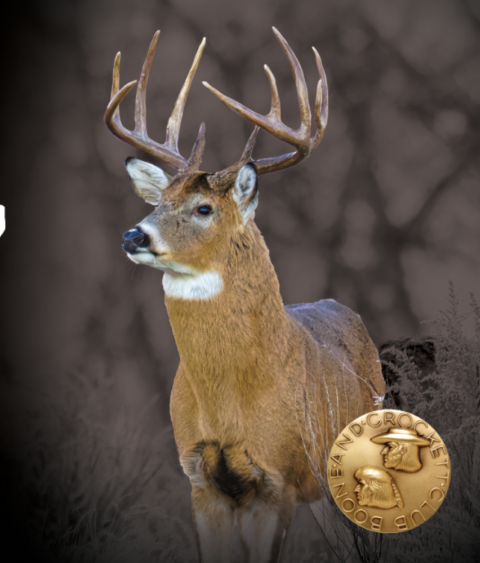Conservation Brief
Study Documents Benefits of Voluntary Grassland Conservation for Birds
A study published in the journal Conservation Biology documents how grassland conservation and grazing practices implemented through voluntary conservation programs are benefiting a variety of grassland songbirds. The study, conducted by Dr. David Pavlacky from the Bird Conservancy of the Rockies and supported through the U.S. Department of Agriculture’s Conservation Effects Assessment Project, evaluated avian population densities on ranches in Colorado, Kansas, Oklahoma, New Mexico, and Texas that were either enrolled in the Conservation Reserve Program or had prescribed grazing plans in place through the Lesser Prairie-Chicken Initiative. These practices were targeted to improve habitat for the lesser prairie-chicken but the researchers determined that the conservation benefits extended to a number of other species.
Researchers determined that these voluntary, incentive-based conservation practices conserved breeding habitat for at least 4.5 million grassland songbirds and that populations of many of these species increased by 1.8 million birds during the study period (2015-2017). Species with the largest positive population changes were grassland obligates with high vulnerability to habitat loss from agricultural conversion and habitat degradation from overgrazing, including Cassin's Sparrow, Grasshopper Sparrow, Lark Bunting, and Eastern Meadowlark.
“Our results suggested local conservation practices scaled up to meet regional population recovery goals for the majority of imperiled grassland birds of conservation concern,” the authors write in the study’s discussion. “Recovery of grassland bird populations in the Great Plains with majority private land tenure may ultimately depend on social capital to reward private landowners for conserving wildlife in the public trust.”



